High-altitude environments are some of the most challenging places on Earth, where thin air, freezing temperatures, and rugged terrain create a harsh backdrop for life. Yet, amidst these extreme conditions, a select group of creatures not only survive but thrive. From the resilient snow leopard to the tiny Himalayan jumping spider, these animals have evolved incredible adaptations that allow them to inhabit the world’s highest peaks. In this article, we’ll explore the top 17 most fascinating creatures that call these towering mountains home, each one a testament to the power of nature’s ingenuity.
Yellow-Rumped Leaf-Eared Mouse
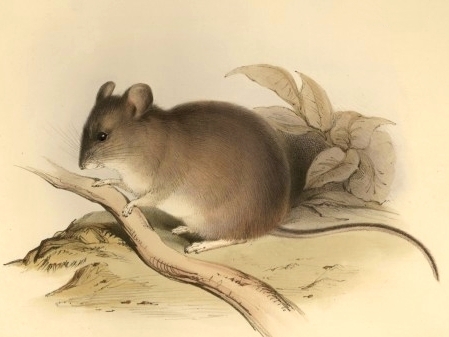
The Yellow-Rumped Leaf-Eared Mouse holds the title of the highest-living mammal ever recorded, a feat that alone places it among the most fascinating creatures of the world’s highest peaks. Discovered at an astounding elevation of 22,110 feet (6,739 meters) on the summit of Llullaillaco, one of the highest active volcanoes in the Andes, this tiny rodent has adapted remarkably to extreme conditions where oxygen is scarce, and food sources are limited. Surviving on a diet likely consisting of lichens and occasional insects, the mouse’s ability to thrive at such altitudes raises intriguing questions about its evolutionary history and physiological adaptations. Researchers speculate that the mouse may produce more efficient hemoglobin, a protein that enhances oxygen delivery to the lungs, allowing it to cope with hypoxic conditions. The presence of the same species at much lower elevations adds to the mystery, making the Yellow-Rumped Leaf-Eared Mouse a symbol of the adaptability and resilience of life in some of Earth’s most inhospitable environments.
Himalayan Jumping Spider
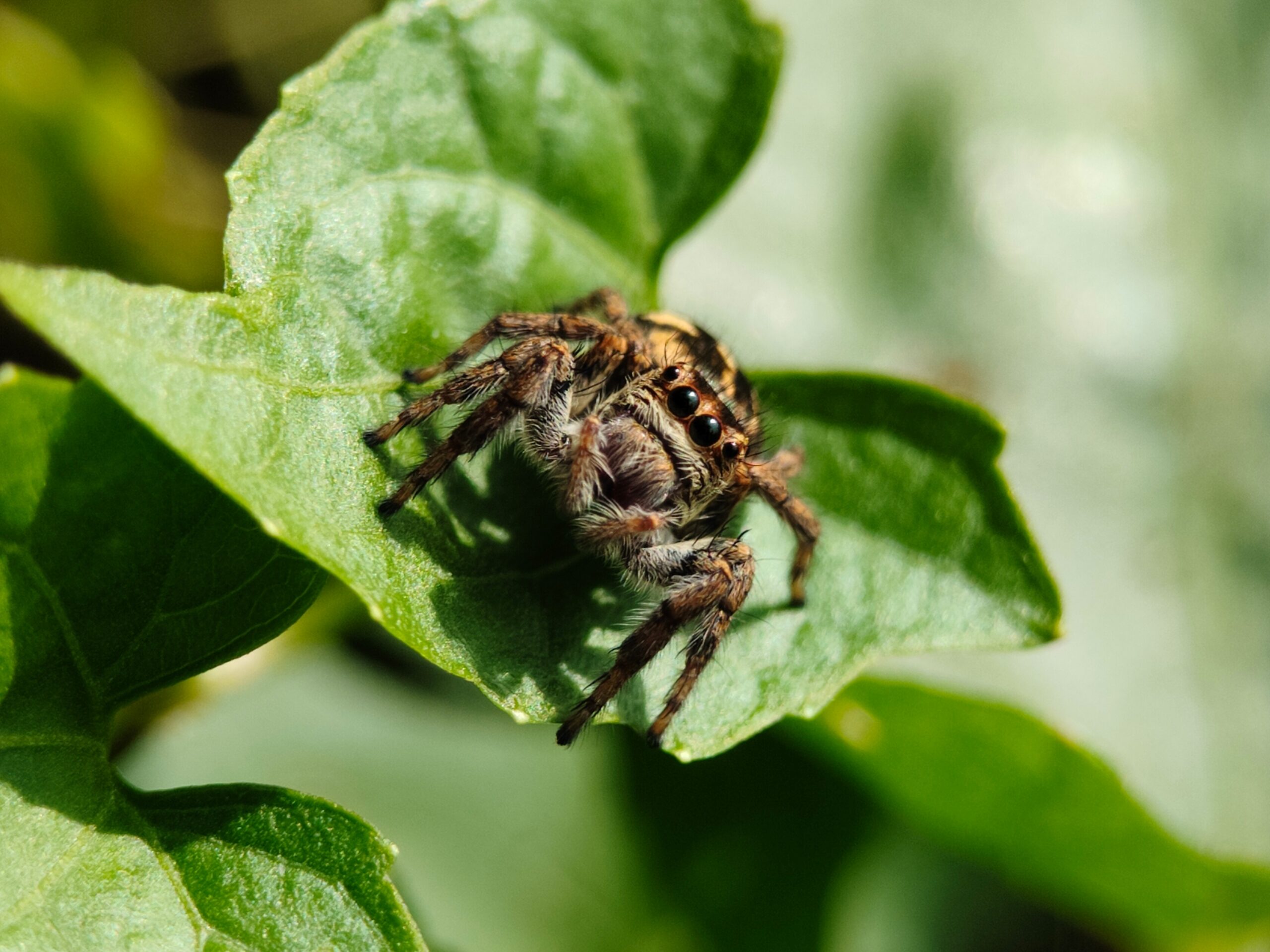
Perched atop the world’s highest mountain range, the Himalayas, the Himalayan Jumping Spider has earned its place as one of the most fascinating creatures of the high peaks. Living at altitudes reaching 22,000 feet (6,700 meters), this tiny spider occupies a niche few other animals dare to inhabit. Despite the harsh conditions, which include freezing temperatures, strong winds, and limited food, the Himalayan Jumping Spider thrives by hunting insects like flies and springtails that are blown up from lower elevations. Its ability to survive in such an extreme environment is a testament to the spider’s remarkable adaptations. Its body is likely adapted to conserve heat, while its jumping ability allows it to catch prey with precision despite the thin air. The spider’s survival strategy remains somewhat of a mystery, as scientific studies have yet to fully uncover how it copes with such a hostile environment. This enigmatic arachnid exemplifies the resilience of life in the most challenging conditions on Earth.
Large-Eared Pika
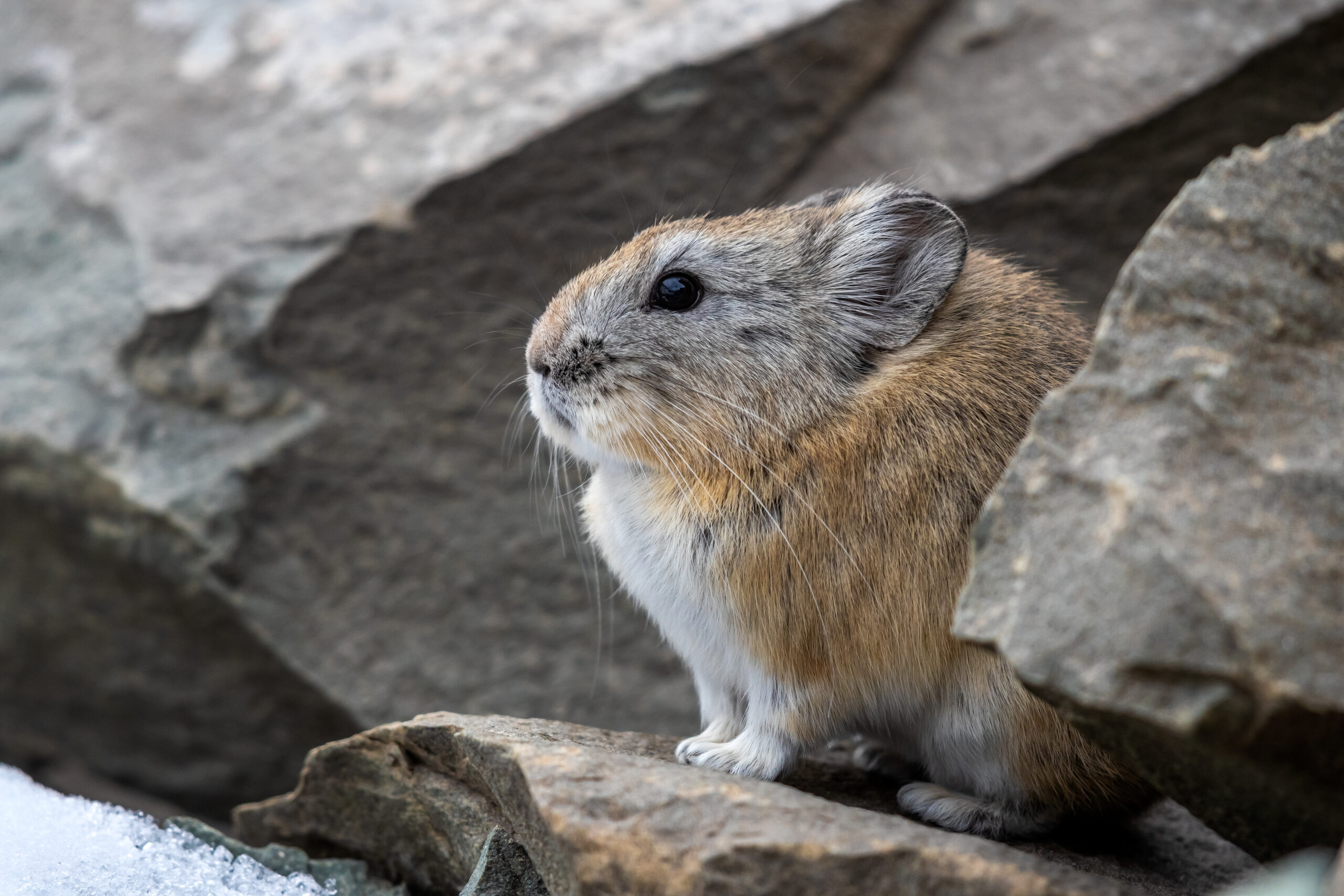
The Large-Eared Pika, a small mammal related to rabbits and hares, is a master of survival in the cold, rocky terrains of Central Asia, particularly in the Himalayas. Living at altitudes as high as 20,000 feet (6,100 meters), the pika thrives in an environment where many other animals would struggle to survive. It has developed unique adaptations to cope with the cold and low oxygen levels of its high-altitude habitat. The pika’s large ears, which give it its name, are thought to help regulate body temperature by dissipating heat. Its diet consists of grass, twigs, moss, and lichen, which it carefully stores in its burrows to sustain itself through the harsh winters. Pikas are particularly sensitive to heat, and as global temperatures rise, they are expected to migrate to even higher altitudes. The Large-Eared Pika’s ability to survive in such extreme conditions, coupled with its potential vulnerability to climate change, makes it a fascinating and significant species in the study of mountain ecosystems.
Snow Leopard
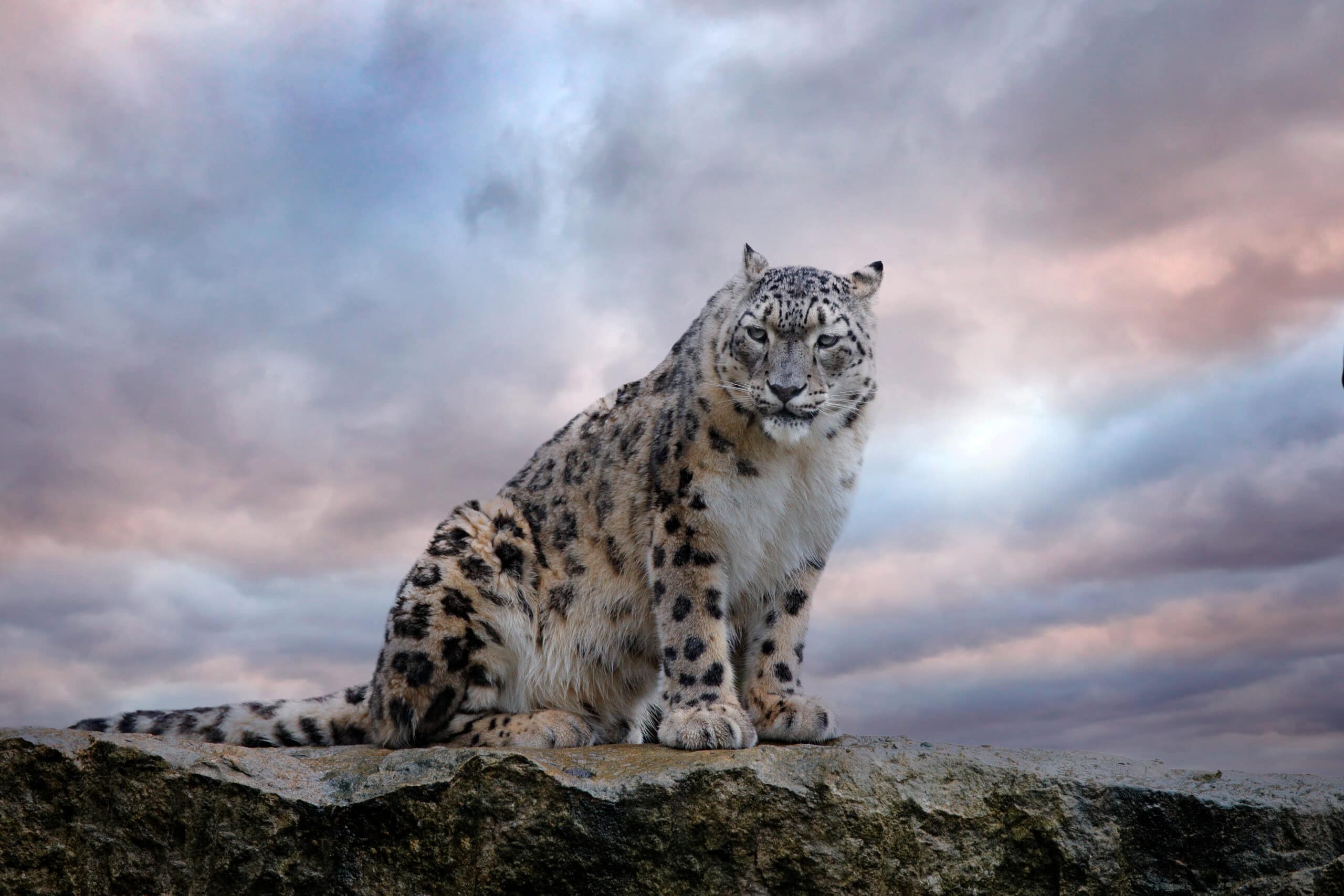
The Snow Leopard is often hailed as one of the most iconic and elusive creatures of the world’s highest mountain ranges, particularly the rugged terrains of Central Asia. Found at altitudes ranging from 3,000 to over 17,000 feet (900 to 5,200 meters), this majestic big cat is perfectly adapted to its cold, mountainous environment. Its thick fur, which varies in color from smoky gray to yellowish tan, is patterned with dark rosettes that provide excellent camouflage against the rocky landscapes. The snow leopard’s long, muscular tail serves a dual purpose: it aids in balancing while traversing the steep, uneven terrain, and it can be wrapped around the body for warmth during the cold nights. Despite lacking the specialized hemoglobin of other high-altitude animals, the snow leopard compensates with large nasal cavities and a powerful chest that enable deep breathing in thin air. As a symbol of mountain wilderness and a flagship species for conservation, the snow leopard’s mysterious and solitary nature, along with its critical role in maintaining the balance of its ecosystem, makes it one of the most fascinating creatures of the high peaks.
Yak
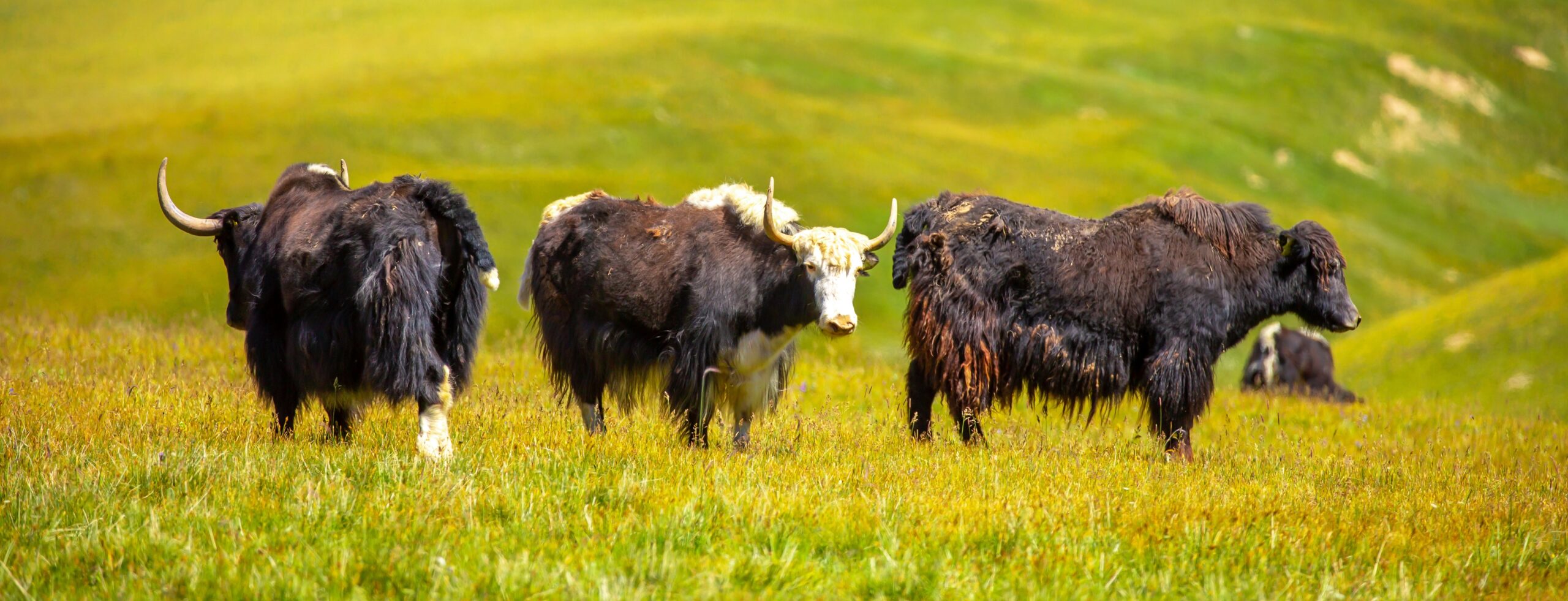
The Yak, particularly the wild yak, is an enduring symbol of survival in the harsh, frigid environments of the Himalayas and the Tibetan Plateau. Living at elevations up to 20,000 feet (6,100 meters), yaks are incredibly well-adapted to the challenges of high-altitude life. They possess a thick, woolly coat that insulates them against the bitter cold, and their large lungs and heart enable them to survive in low-oxygen conditions. Unlike most cattle, yaks have a higher concentration of hemoglobin in their blood, which enhances their ability to transport oxygen throughout their bodies. Their wide, sturdy hooves are perfect for traversing rocky and snowy terrain, making them invaluable as pack animals for local communities. Yaks are also known for their ability to tolerate extreme cold better than heat; temperatures above 60°F (16°C) can cause them stress. The yak’s combination of physical strength, resilience, and critical importance to the livelihoods of people living in some of the world’s most remote regions underscores its status as one of the most fascinating creatures of the world’s highest peaks.
Alpine Chough
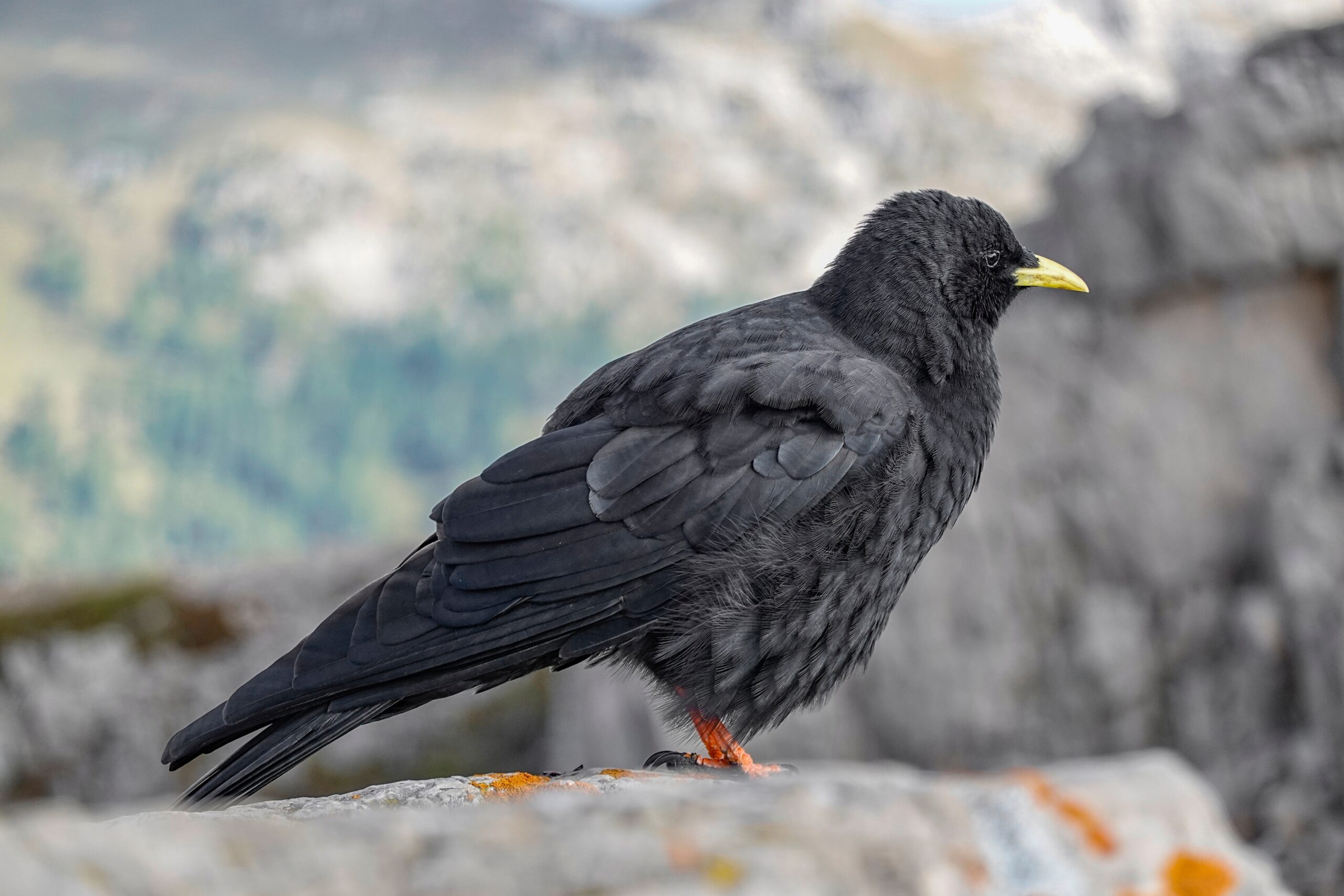
The Alpine Chough, also known as the yellow-billed chough, is a remarkable bird that thrives in the highest reaches of the mountains, from the Alps to the Himalayas. It has been observed flying at altitudes as high as 26,900 feet (8,200 meters) near Mount Everest, making it one of the highest-flying birds in the world. This crow-like bird is uniquely adapted to its high-altitude habitat, with strong wings and a lightweight body that allow it to navigate the thin air with ease. The Alpine Chough’s bright yellow bill contrasts sharply with its glossy black plumage, a distinctive feature that helps it forage for food even in snowy conditions. It nests in crevices and cliff faces, often at elevations exceeding 21,000 feet (6,400 meters), where it is safe from most predators. As temperatures rise due to climate change, the Alpine Chough has been observed moving to even higher elevations, showcasing its remarkable adaptability. This bird’s resilience and ability to thrive in one of the most challenging environments on Earth make it a truly fascinating creature.
Brown Bear
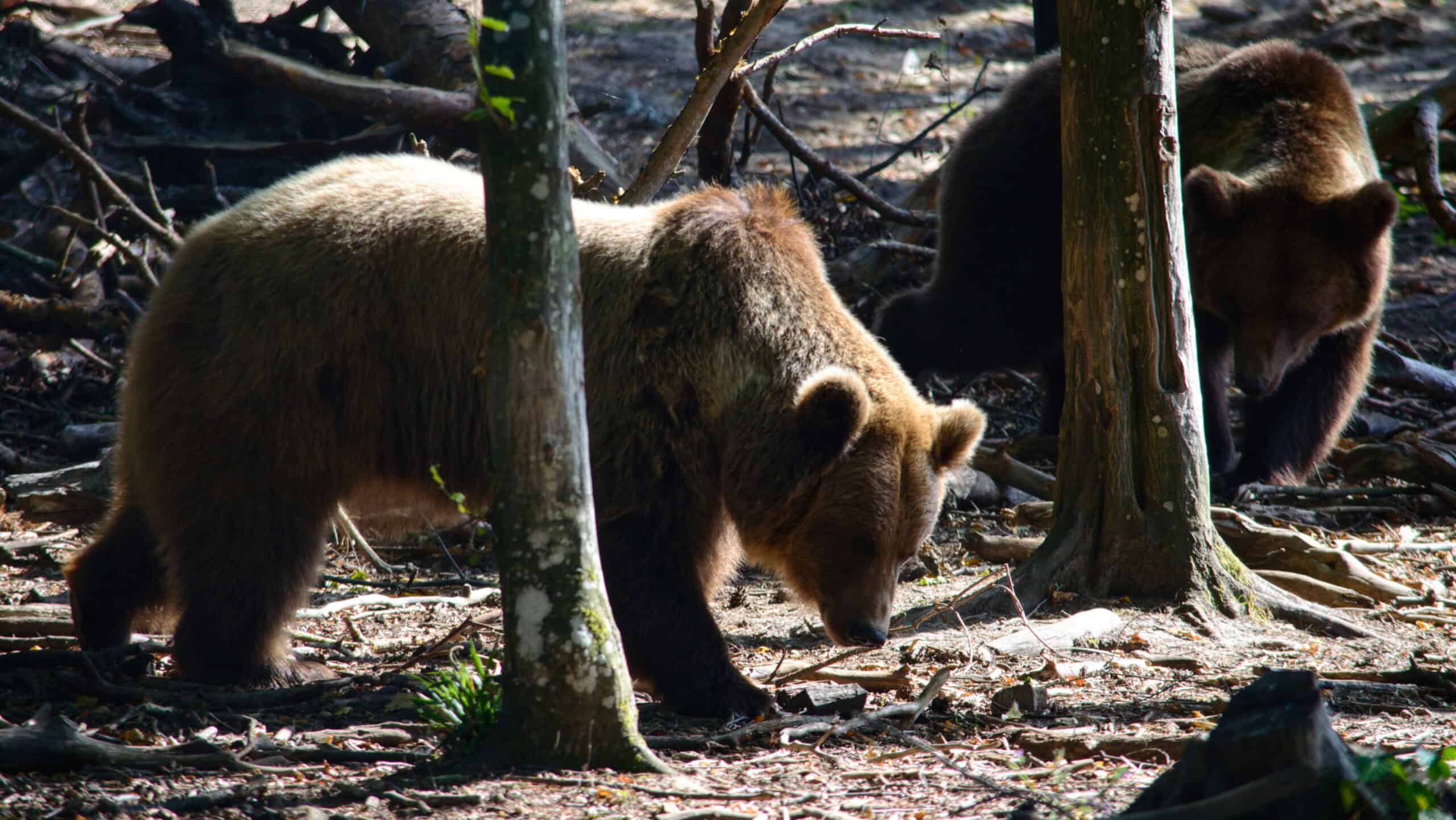
The Brown Bear, one of the most widely distributed bear species in the world, also claims the high mountain ranges of Europe, Asia, and North America as its home. While typically associated with lower elevations, the brown bear can be found at altitudes up to 16,400 feet (5,000 meters), particularly in regions like the Caucasus and the Himalayas. This bear is a symbol of strength and adaptability, capable of thriving in a variety of environments, from dense forests to open tundra. The brown bear’s thick fur provides insulation against the cold, while its powerful limbs and claws allow it to dig for roots, hunt, and defend itself. During the summer months, brown bears in mountainous regions climb to higher elevations to forage for berries and other food sources before hibernation. The bear’s ability to adapt to different environments, combined with its sheer size and power, makes it one of the most fascinating creatures capable of living in some of the world’s highest peaks.
Himalayan Tahr
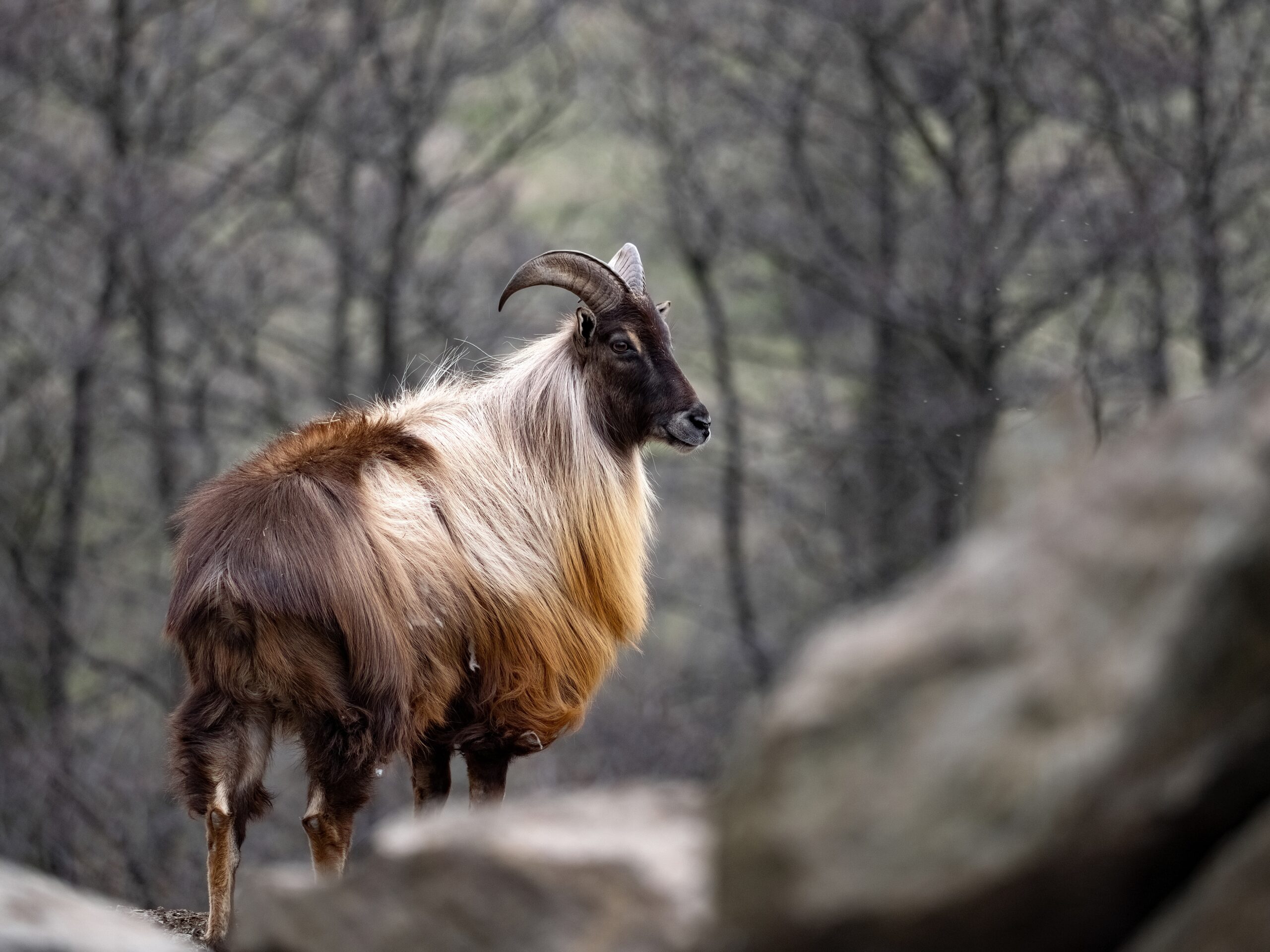
The Himalayan Tahr is a wild ungulate native to the steep cliffs and rugged terrains of the Himalayas. Living at altitudes up to 16,400 feet (5,000 meters), this relative of the wild goat is exceptionally well-suited to life in one of the harshest environments on Earth. Its thick, reddish-brown coat helps it withstand the cold temperatures, while its specialized hooves, equipped with a hard outer rim and soft center, provide excellent grip on rocky surfaces. The tahr is an agile climber, often seen grazing on precarious ledges where few other animals can venture. During the winter, it descends to lower altitudes to escape the snow, but in the warmer months, it returns to the high peaks to feed on alpine grasses and shrubs. The Himalayan Tahr’s ability to navigate such treacherous terrain with ease, combined with its impressive physical adaptations, makes it a fascinating and emblematic creature of the high Himalayas.
Lammergeier
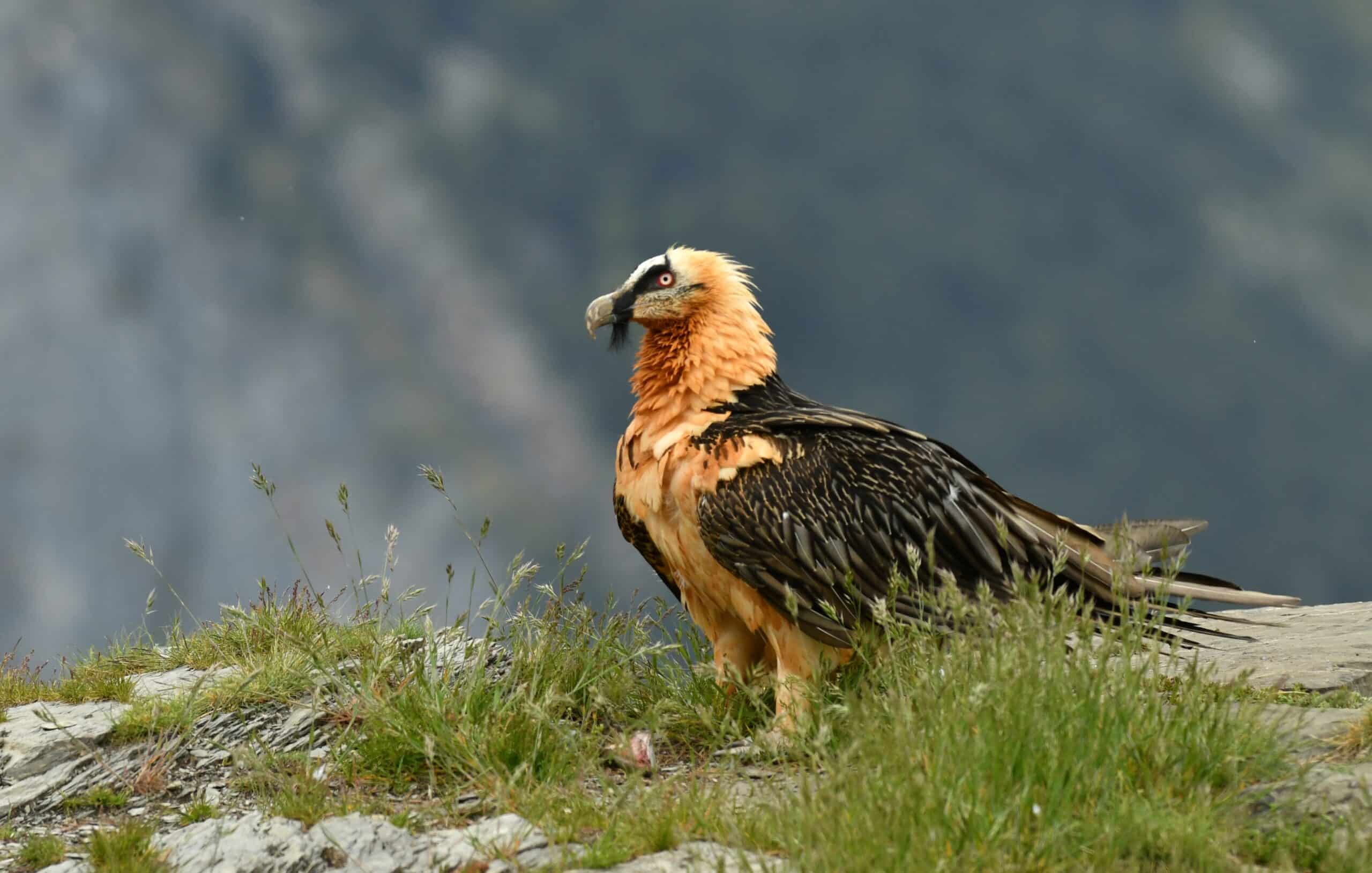
The Lammergeier, or Bearded Vulture, is one of the most distinctive and awe-inspiring birds of prey found in the mountainous regions of Southern Europe, the Middle East, and parts of Africa and Asia. Living at elevations up to 24,600 feet (7,500 meters), this large vulture is uniquely adapted to life in high-altitude environments. With a wingspan of nearly 10 feet (3 meters), the Lammergeier is a master of soaring, using thermal currents to stay aloft with minimal effort. Unlike other vultures, the Lammergeier’s diet consists primarily of bones, which it drops from great heights onto rocks to break them into smaller, more manageable pieces. This specialized feeding behavior, combined with its striking appearance—featuring a dark “beard” of feathers and fiery red eyes—makes the Lammergeier one of the most fascinating birds of the high peaks. Its ability to thrive in some of the world’s most challenging environments, coupled with its unique ecological niche, underscores its significance as a remarkable and enigmatic creature.
Tibetan Sand Fox
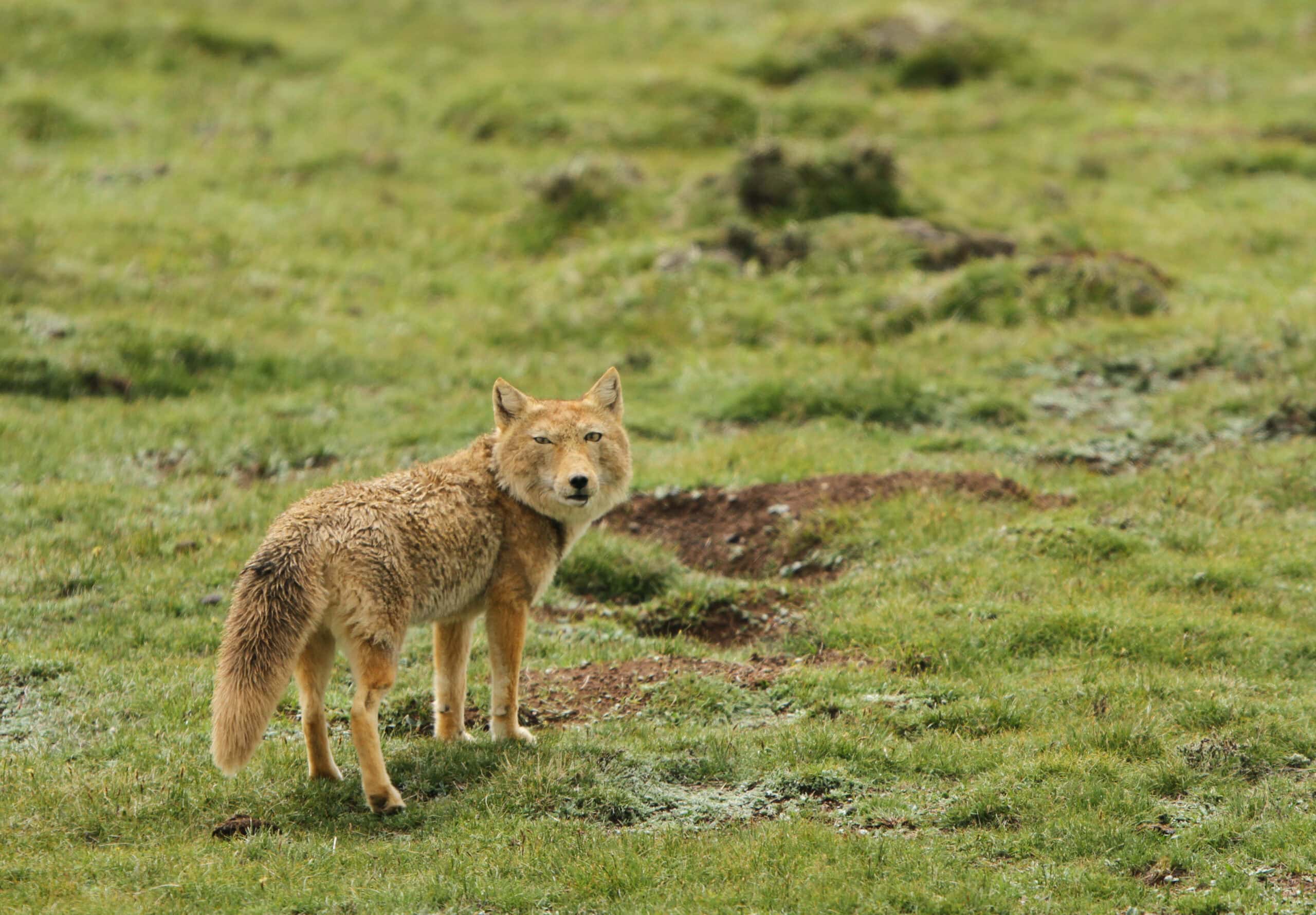
The Tibetan Sand Fox is a small, elusive predator that inhabits the remote and desolate landscapes of the Tibetan Plateau. Living at elevations up to 17,100 feet (5,200 meters), this fox is adapted to one of the most challenging environments on Earth. Its distinctive square-shaped face, with a broad muzzle and small eyes, gives it an almost cartoonish appearance, but this unique facial structure is thought to aid in hunting by providing a wide field of vision. The Tibetan Sand Fox primarily preys on pikas, which are abundant in its habitat, but it will also eat small mammals, birds, and insects. Its thick fur provides insulation against the cold, and its short limbs help it conserve heat. The fox’s solitary and secretive nature, combined with its remarkable adaptations to high-altitude life, make it one of the most fascinating and least understood creatures of the world’s highest peaks.
Himalayan Marmot
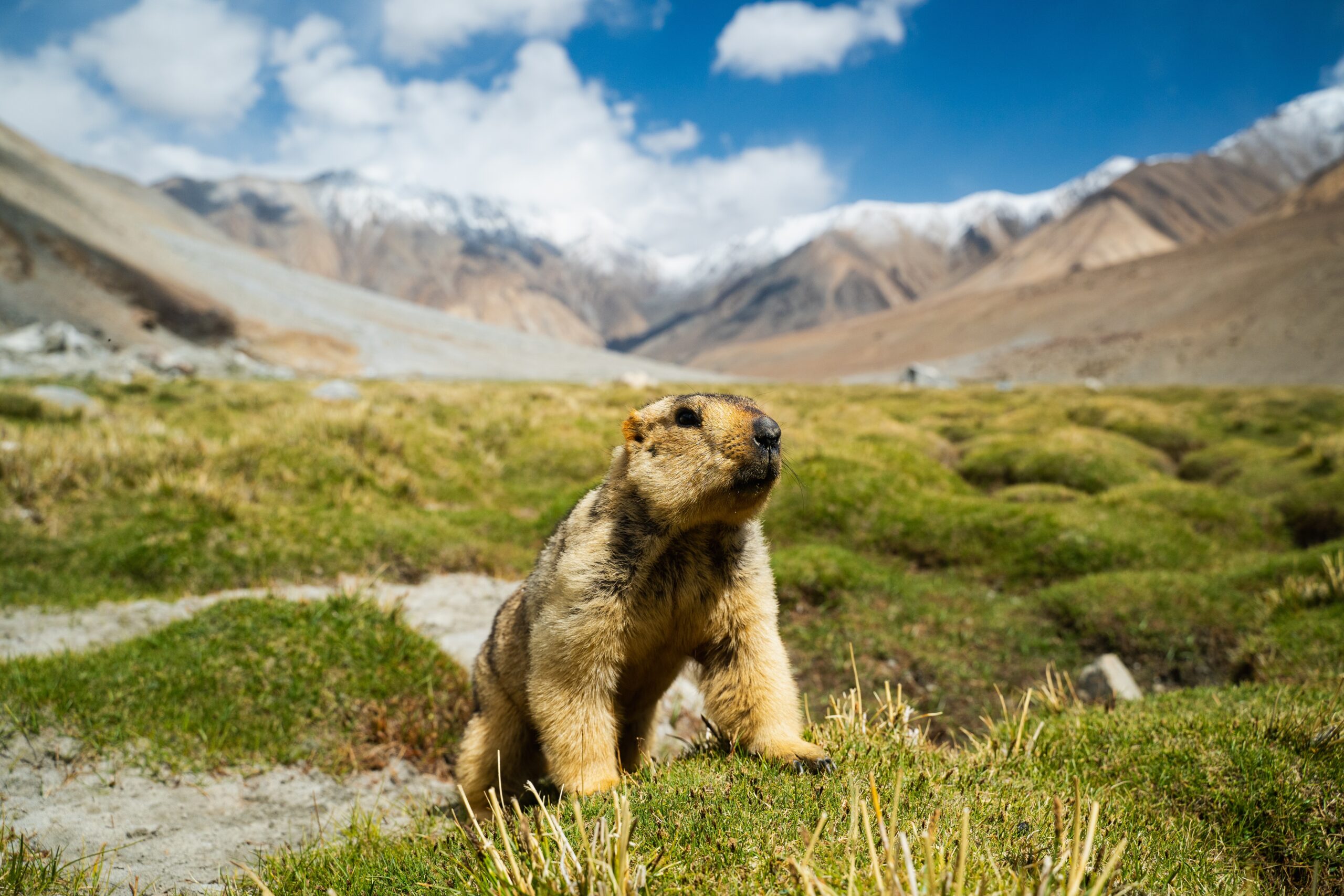
The Himalayan Marmot is a large ground squirrel that thrives in the cold, high-alt eyes, gives the Tibetan Sand Fox a unique appearance, unlike any other fox species. This peculiar facial structure is thought to enhance its binocular vision, crucial for hunting in the open, barren terrain where prey is scarce. The Tibetan Sand Fox primarily feeds on small mammals like pikas, which it hunts with remarkable precision. Its thick fur coat provides insulation against the frigid temperatures, while its relatively short limbs reduce heat loss, an essential adaptation for surviving in such a cold environment. The fox’s solitary and secretive nature, combined with its specialized adaptations, makes it one of the most fascinating and enigmatic creatures of the world’s highest peaks.
Kiang
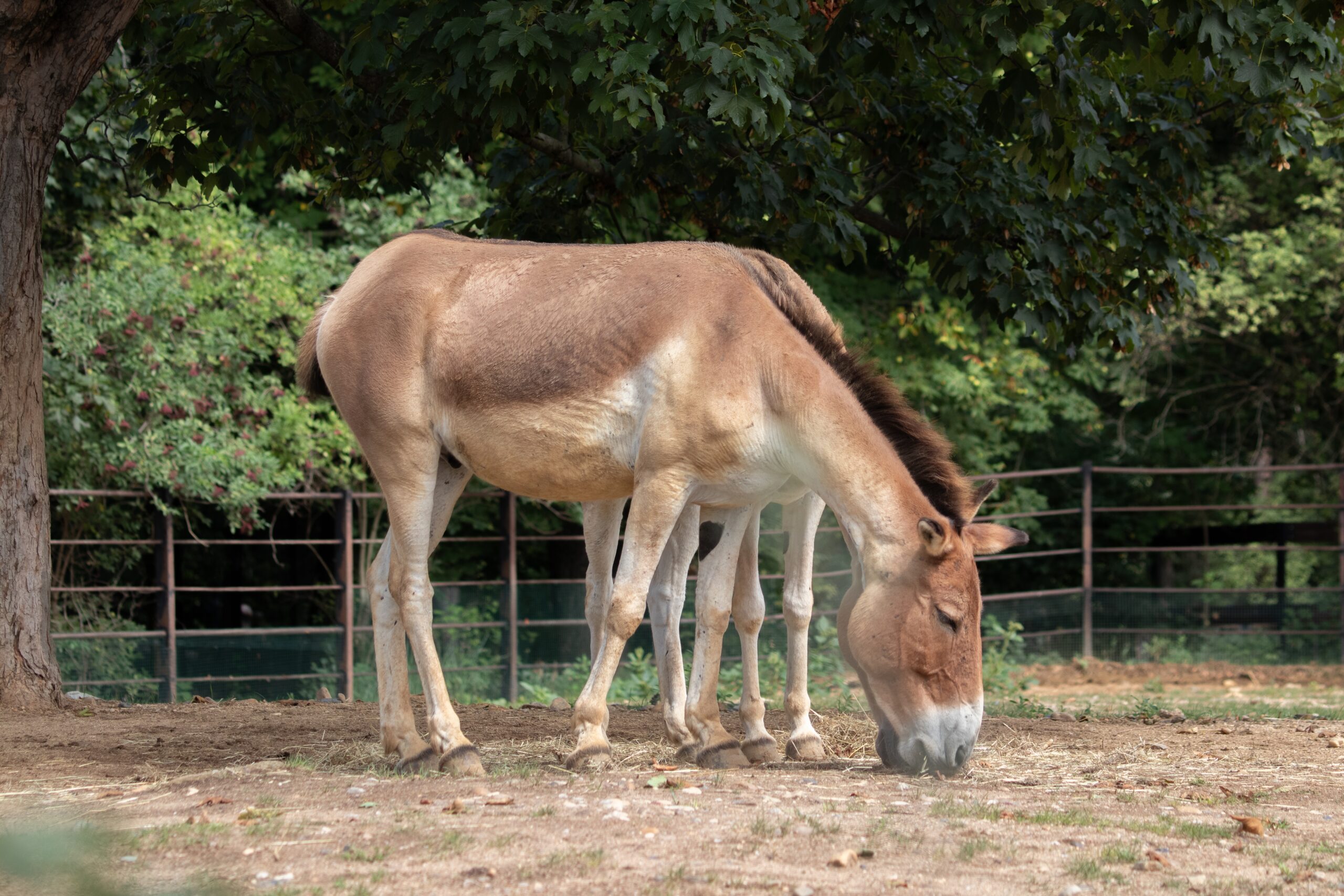
The Kiang, also known as the Tibetan Wild Ass, is the largest of the wild asses and a highly adapted resident of the Tibetan Plateau. Living at elevations up to 17,700 feet (5,400 meters), the Kiang thrives in the harsh, cold deserts and grasslands of one of the world’s most remote regions. This robust animal is well-suited to its environment, with a thick, coarse coat that protects it from the extreme cold and powerful limbs that enable it to cover large distances in search of food. The Kiang primarily feeds on grasses and other high-altitude vegetation, grazing in herds that can number in the hundreds. Despite the scarcity of water in its habitat, the Kiang has adapted to survive on minimal water intake, obtaining moisture from the plants it eats. The Kiang’s resilience in the face of the challenging conditions of the Tibetan Plateau, along with its social behavior and significant role in the local ecosystem, makes it a fascinating and vital species of the world’s highest peaks.
Chiru
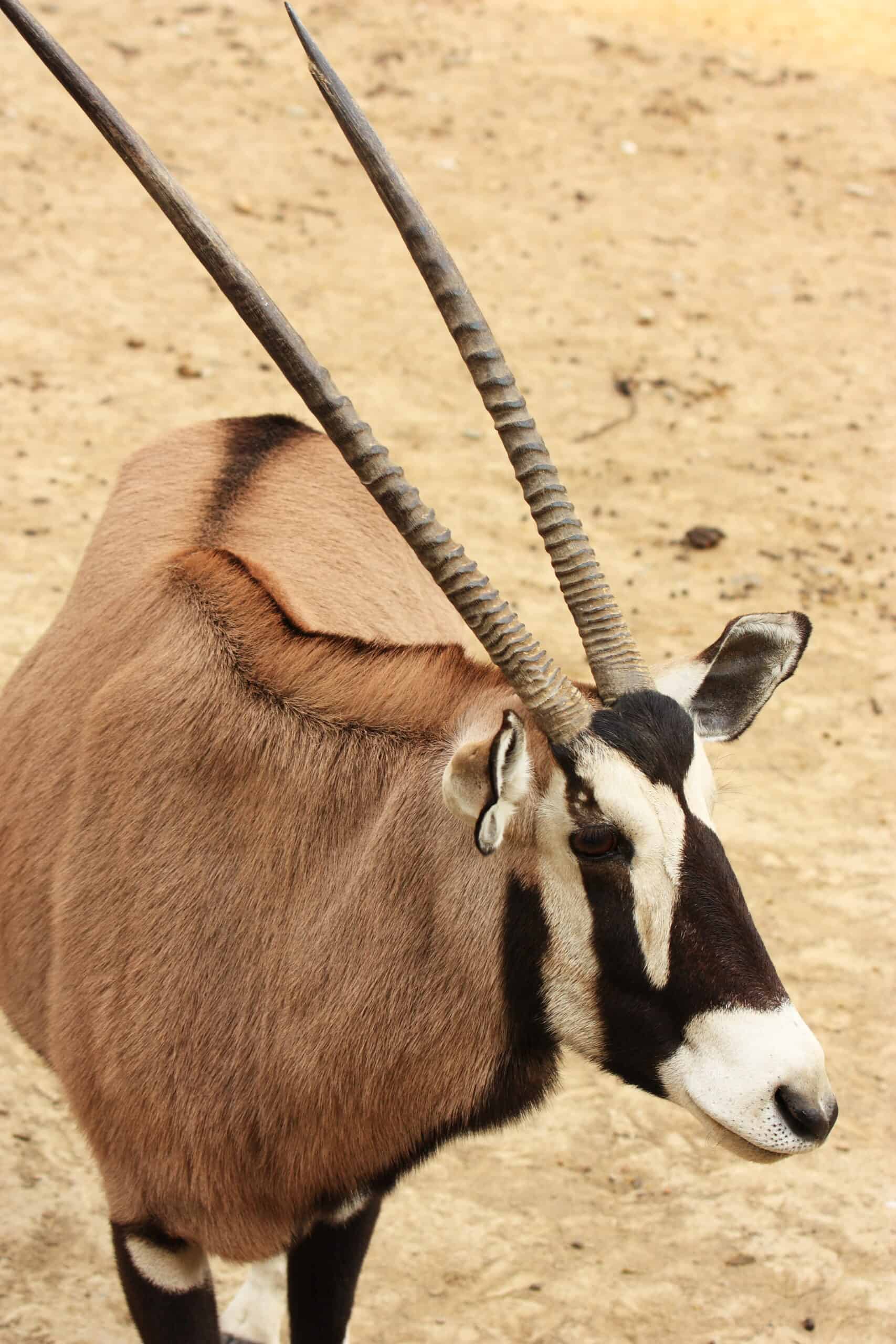
The Chiru, or Tibetan Antelope, is a graceful and elusive creature native to the high plains of Tibet and China. Living at elevations up to 18,000 feet (5,500 meters), the Chiru is superbly adapted to the frigid, oxygen-poor environment of the Tibetan Plateau. One of its most notable features is its fine, soft underfur, known as shahtoosh, which is highly prized and unfortunately has led to extensive poaching. The Chiru’s slender body and long legs are built for speed, enabling it to escape predators in the vast, open terrain it calls home. It migrates seasonally, moving to lower elevations in winter and returning to the high plains in summer to give birth. Despite its endangered status due to hunting and habitat loss, the Chiru remains a symbol of the rugged beauty and resilience of life at the roof of the world. Its remarkable adaptations and the ongoing conservation efforts to protect it highlight the Chiru as one of the most fascinating creatures of the high peaks.
Tibetan Gazelle
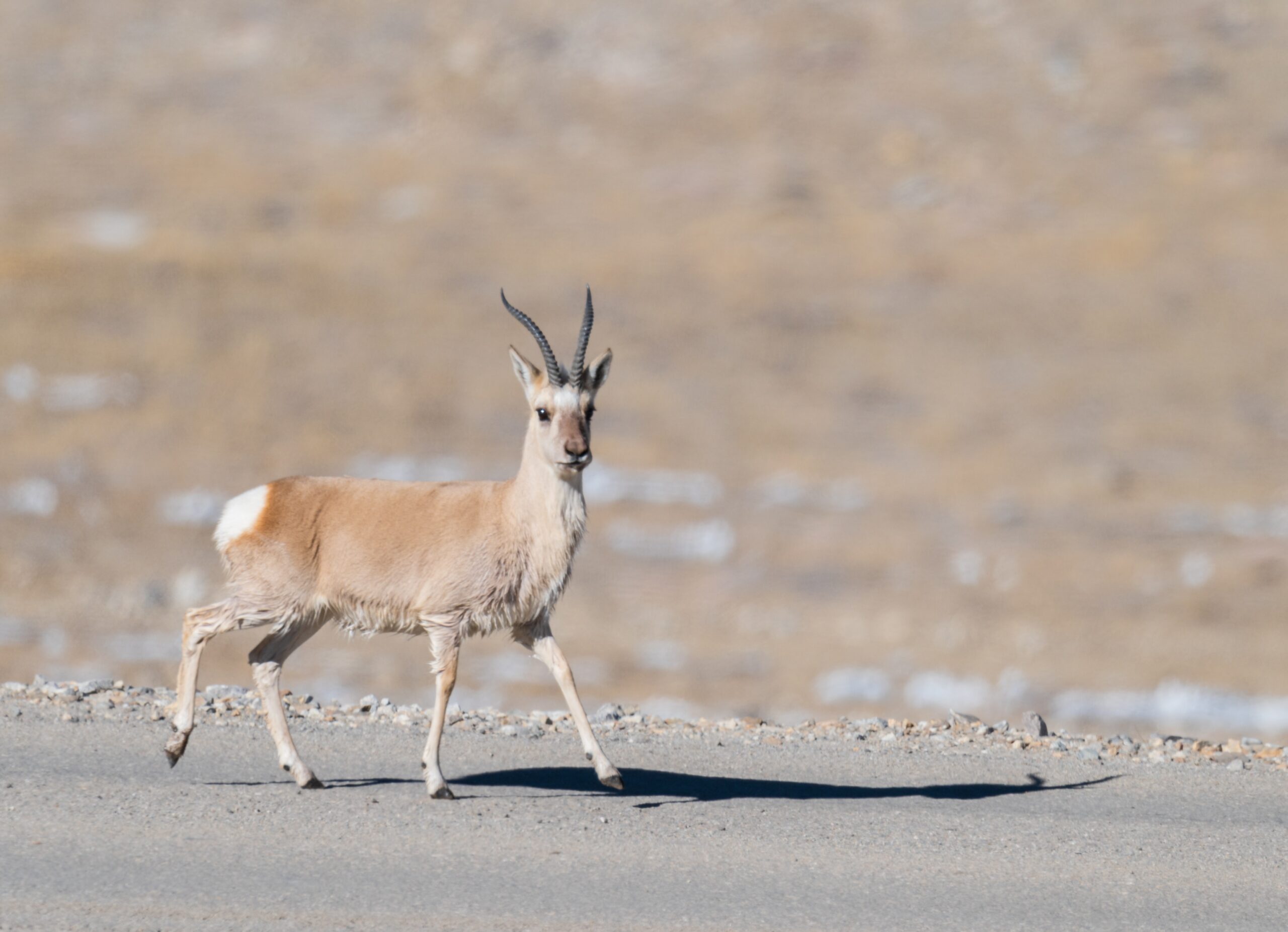
The Tibetan Gazelle, or Goa, is a small, delicate-looking antelope that roams the high-altitude steppes of the Tibetan Plateau. Living at elevations up to 18,900 feet (5,750 meters), the Tibetan Gazelle is perfectly adapted to the harsh, barren landscape of its environment. Its light, slender build allows it to move quickly across the rugged terrain, and its sharp senses help it detect predators from a distance. The gazelle’s fur is dense and soft, providing insulation against the freezing temperatures of its high-altitude habitat. During the winter, the gazelle’s coat thickens to offer additional protection from the cold. Despite its small size, the Tibetan Gazelle can cover large distances in search of food, primarily grazing on grasses and small shrubs. The species is known for its seasonal migrations, moving to lower elevations in the winter to avoid the worst of the snow. The Tibetan Gazelle’s ability to survive and thrive in one of the most inhospitable environments on Earth makes it a fascinating and resilient creature of the world’s highest peaks.
Golden Eagle
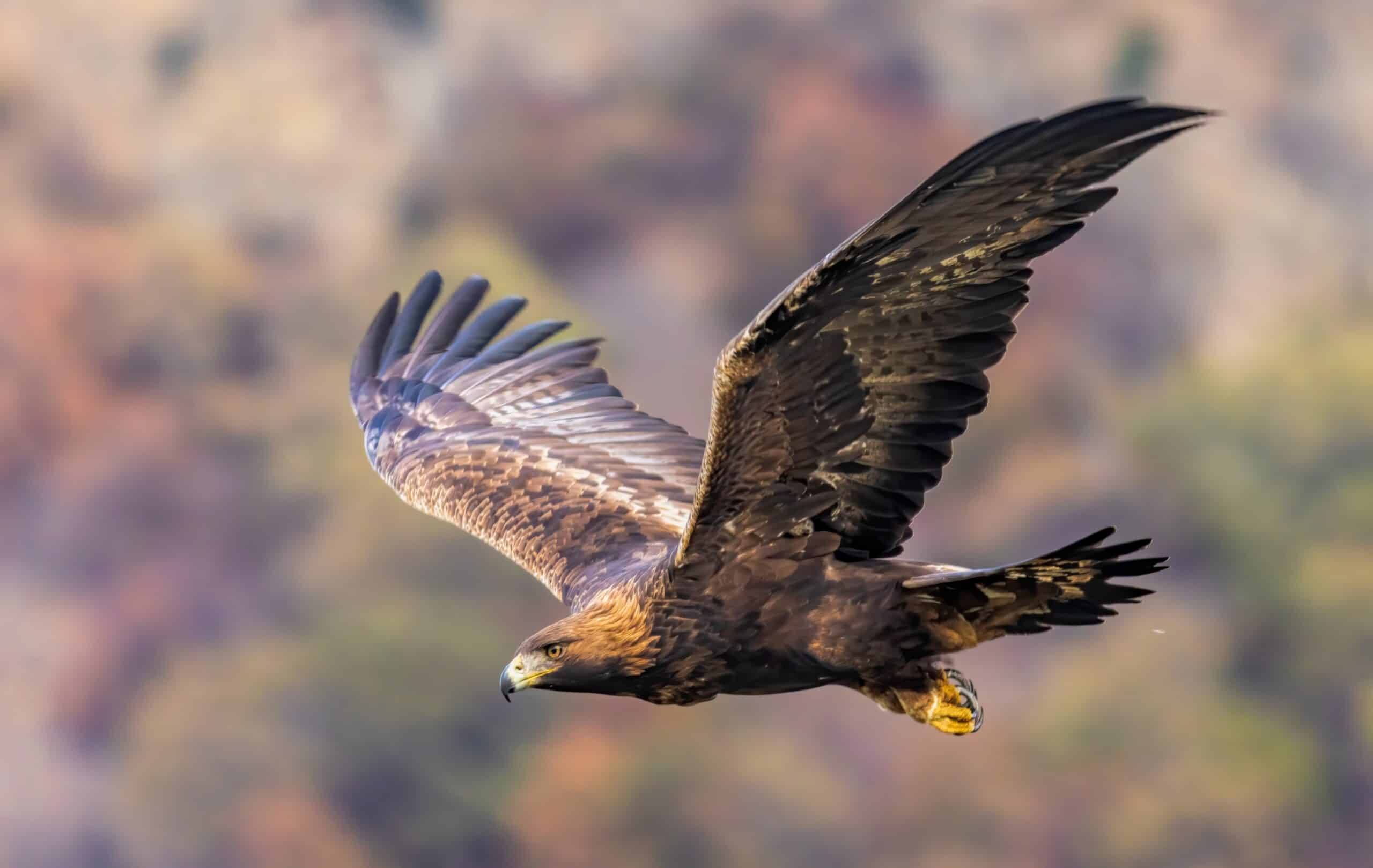
The Golden Eagle is one of the most powerful and majestic birds of prey, and it reigns supreme in the high mountains of the Northern Hemisphere. Living at elevations up to 20,000 feet (6,100 meters), the Golden Eagle is an apex predator in its high-altitude habitat. With a wingspan that can exceed seven feet (2.1 meters), the Golden Eagle soars effortlessly over vast mountainous landscapes, using its keen eyesight to spot prey from great distances. Its primary diet includes mammals such as rabbits, marmots, and even young deer, which it captures with its sharp talons. The Golden Eagle’s strong, hooked beak is perfectly designed for tearing flesh, and its powerful flight muscles allow it to carry off prey that weighs nearly as much as itself. In addition to its hunting prowess, the Golden Eagle is also known for its impressive courtship displays, where pairs perform acrobatic aerial maneuvers. The Golden Eagle’s dominance in the skies, combined with its adaptability to high-altitude environments, makes it one of the most fascinating creatures of the world’s highest peaks.
Andean Condor
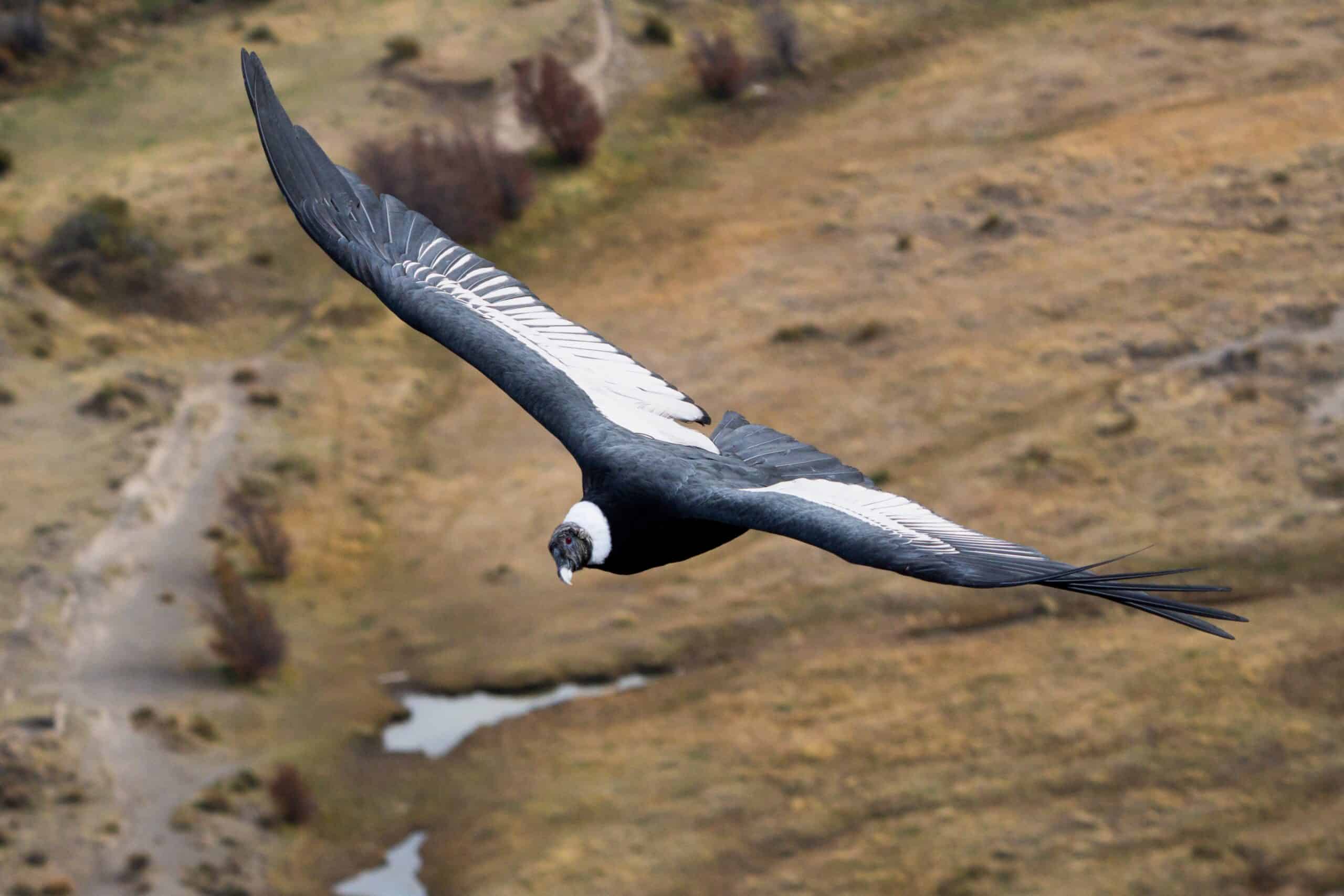
The Andean Condor, with its enormous wingspan and regal presence, is one of the most iconic birds of the high Andes. Living at elevations up to 18,000 feet (5,500 meters), this giant vulture is perfectly adapted to life in the thin air of the mountains. The Andean Condor’s wingspan can reach up to 10.5 feet (3.2 meters), making it the largest flying bird in the world. This massive wingspan allows the condor to soar effortlessly on thermal currents, often traveling hundreds of miles in search of food. Unlike most birds, the Andean Condor primarily feeds on carrion, using its keen sense of smell to locate carcasses from high above. The condor’s head and neck are nearly featherless, an adaptation that helps keep it clean while feeding. Despite its imposing size, the Andean Condor is an agile flier, capable of navigating the rugged terrain of the Andes with ease. The condor’s impressive adaptations, combined with its cultural significance in South American folklore, make it one of the most fascinating and revered creatures of the world’s highest peaks.
Ibex
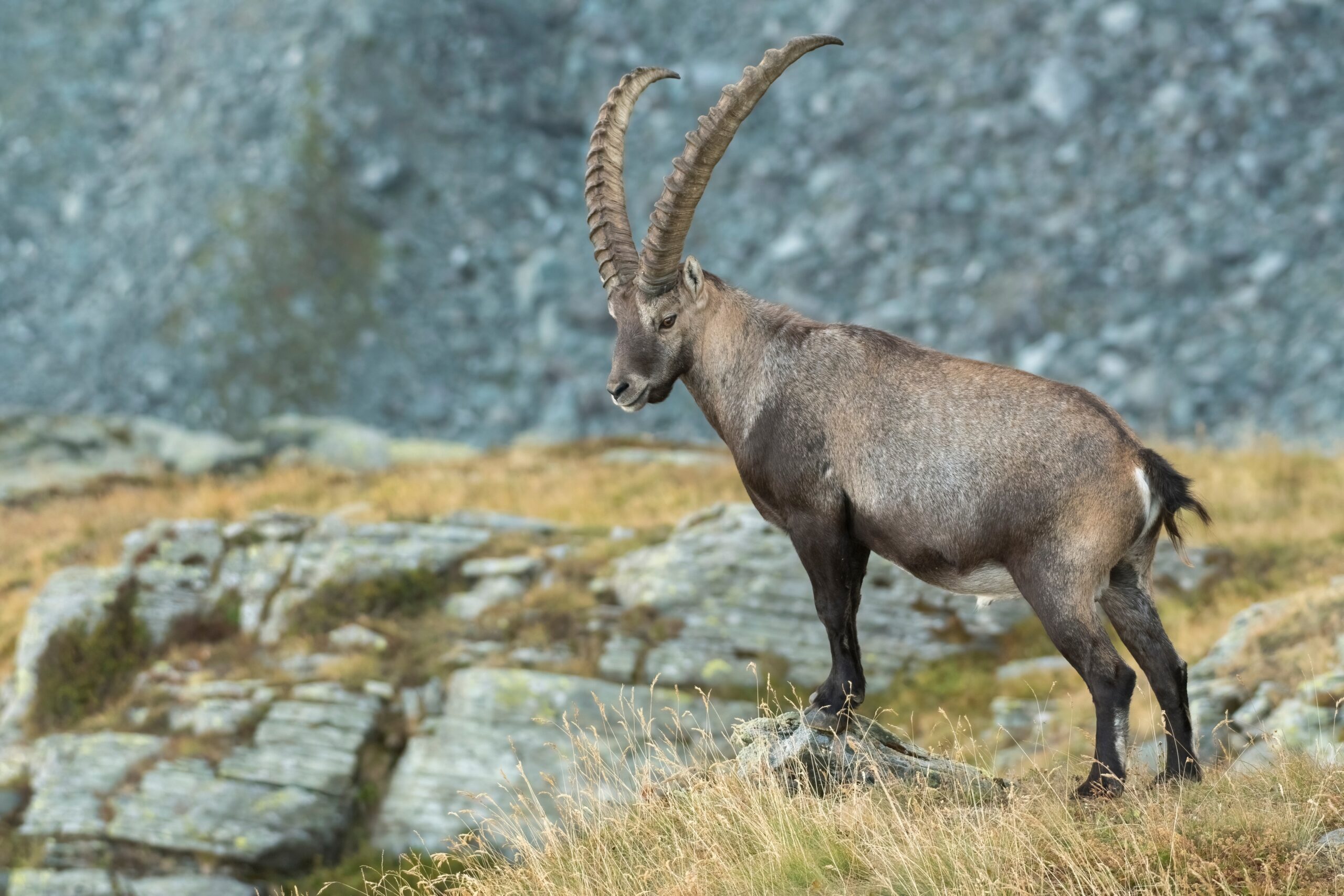
The Ibex, particularly the Alpine Ibex, is a symbol of resilience and strength in the high mountains of Europe, especially in the Alps. Living at elevations up to 15,000 feet (4,600 meters), the Ibex is an expert climber, capable of scaling nearly vertical cliffs with ease. This ability to navigate the steep, rocky terrain of its habitat is crucial for evading predators and accessing food sources that are out of reach for other animals. The Ibex’s powerful legs and hooves are specially adapted to provide maximum traction on the rugged surfaces of its environment. Males are distinguished by their long, curved horns, which can grow up to three feet (one meter) in length and are used in dramatic head-butting contests during the breeding season. The Ibex’s thick, woolly coat provides insulation against the cold, while its ability to survive on sparse vegetation makes it well-suited to the high-altitude environment. The Ibex’s remarkable climbing abilities, combined with its distinctive appearance and adaptation to life in the mountains, make it one of the most fascinating creatures of the world’s highest peaks.
This article originally appeared on Rarest.org.
More from Rarest.org

Throughout history, ancient symbols have held deep meanings and mysterious significance, often representing powerful ideas, beliefs, and forces of nature. Read more.
In the world of product launches, even the biggest brands can stumble. Some products, despite high expectations and significant investments, fail to connect with consumers, leading to spectacular flops. Read more.
Invasive species have long been a serious threat to ecosystems around the world. When these non-native plants, animals, and insects are introduced to new environments, often by human activity, they can disrupt the delicate balance of local ecosystems. Read more.


